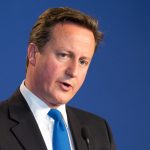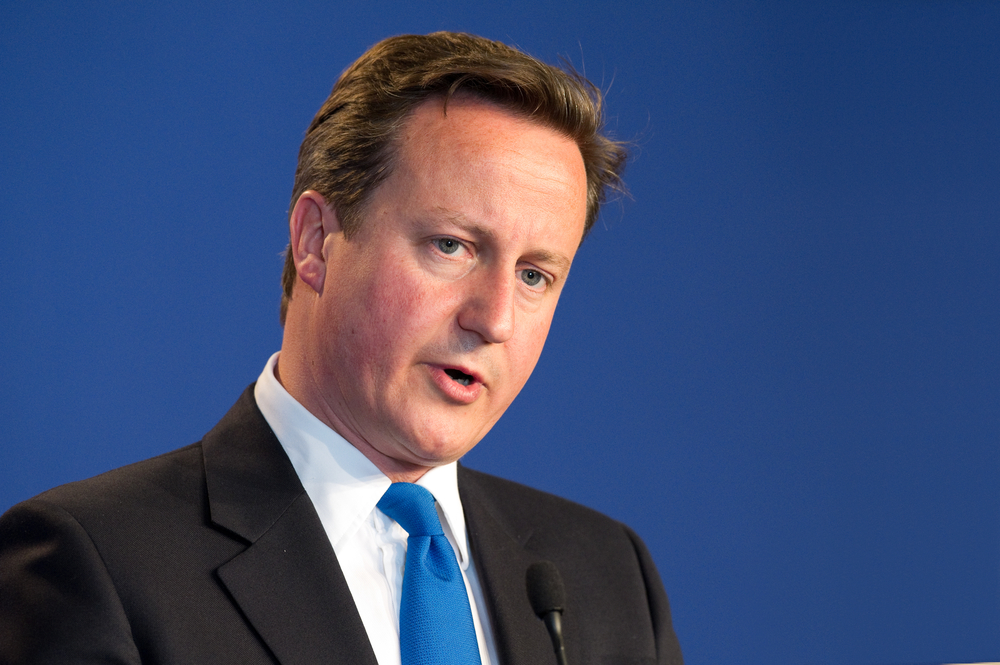Homebuyers in London have “paid the price under Cameron’s leadership” as a result of spiralling house prices and declining affordability, according to estate agents Stirling Ackroyd. Research by the firm has revealed that while David Cameron was prime minister, the average price of a home in London rose 53% as property in the capital became a safe-haven […]
 Homebuyers in London have “paid the price under Cameron’s leadership” as a result of spiralling house prices and declining affordability, according to estate agents Stirling Ackroyd.
Homebuyers in London have “paid the price under Cameron’s leadership” as a result of spiralling house prices and declining affordability, according to estate agents Stirling Ackroyd.
Research by the firm has revealed that while David Cameron was prime minister, the average price of a home in London rose 53% as property in the capital became a safe-haven for international investors.
When Cameron came to power in 2010 buyers were paying out £332,720 for the average London property, but this has since climbed to £507,880 in 2016.
Andrew Bridges, managing director of Stirling Ackroyd, said: “Buyers in London have paid the price under Cameron’s leadership. House prices started rising swiftly again and despite a return to strong economic growth, affordability has become the number one issue for Londoners. Once again the supply of homes could not keep up with demand and economic growth.
“If the pattern developing over the last 38 years is anything to go by, Theresa May could face a static London property market. The City’s property sphere has been pushed to its limits with new legislation and political events in the last year. But there’s a new advantage – London’s property market is more resilient – and probably the safest real estate investment globally. The comparisons of May and Thatcher have already begun – but London’s property market can be tamed by no one.”
The research showed how much house prices have soared in London since Margaret Thatcher came to power in 1979.
The average London home cost £31,370 in 1979 when Thatcher entered Downing Street and just 11 years later prices had jumped 251% to £110,110.
Tony Blair similarly saw the average property in the capital go up 209% from £108,620 in 1997 to £335,040 just 10 years later – granting him second place behind the Iron Lady.
Bridges said: “With great power comes great responsibility but there’s one thing the PM can’t control – London house prices.
“Under Thatcher’s tenure, the property market was turned on its head – seeing dramatic house price growth in London. There’s always talk of spiralling house price growth in the capital but compared to the 1980s, the rate of growth is lagging behind.
“Even the boom years under Blair couldn’t keep up with this pace of growth. Under New Labour London’s property market reached new heights, and became a global competitor. As demand soared, so did prices. Places like Shoreditch became solid investments and a buy-to-let surge started, with those properties snapped up still returning a profit today.”
Things have been markedly different for the Major and Brown governments, with house price growth going into negative territory.
In 1991, the average London home cost £110,110, but had dropped to £108,620 by the time Major left office.
While Gordon Brown, who inherited a sharp global recession, also saw house price growth fall during his time as prime minister. When he entered office in 2007, £335,040 secured a London home. By 2010, property had become more affordable, but to the tune of £332,720.
There are fears that first-time buyers are being squeezed out of the market due to the dwindling supply of suitable homes and ballooning property prices.
According to the latest Nationwide House Price Index, annual house prices in London rose 9.9% in June to £472,384.
Tougher affordability checks from lenders and rising house prices have also made it increasingly difficult for first-time buyers with smaller deposits to get on the property ladder.
Low interest rates combined with the economic recovery have done little to reduce the need for rented housing, while house price inflation ahead of wage growth has pushed property prices out of reach for many.














